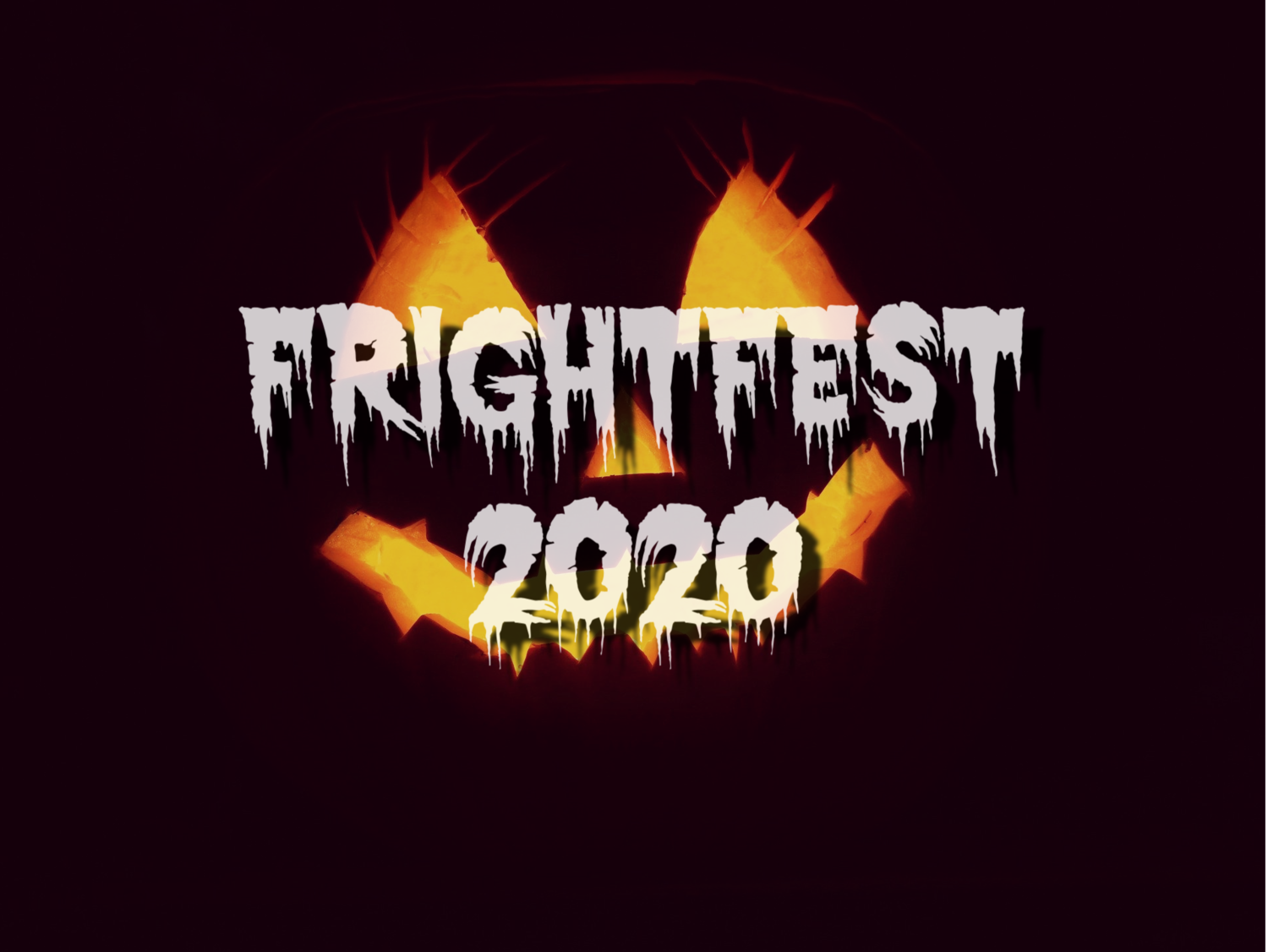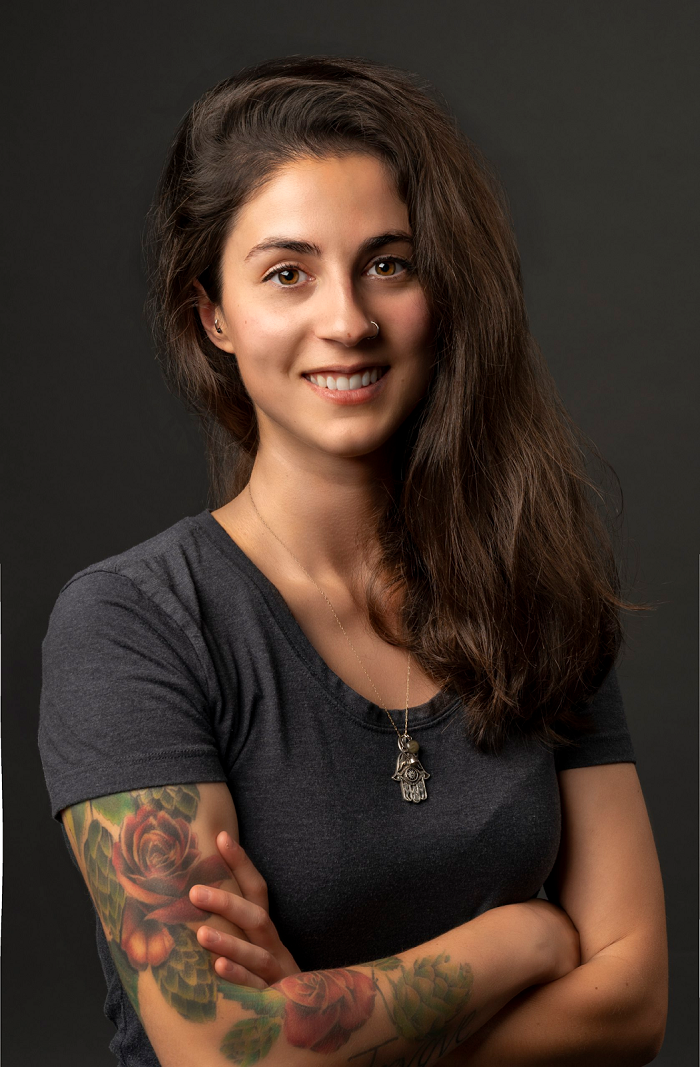Arranging for a Spooky VGM Cover!
It’s the most wonderful and SPOOKIEST time of year, so what better way to get into the spirit of things than by making some music! This year’s GameGrooves FrightFest is asking for musicians to “create the most frightening cover imaginable!” The possibilities under this paradigm are endless, and I know I’m excited to hear what you come up with! But, if you’re stuck on your arrangement or not even sure where to begin, read on.
What Should a Cover Song Do?
The best cover songs become their own thing, and that should be your first goal. It’s not easy to keep what makes the original so amazing, but still change it enough to feel like something new. Don’t get discouraged, though, people do it all the time!
Here are two such famous examples: “Mad World” - Gary Jules and “HEYYEYAAEYAAAEYAEYAA (Fabulous Secret Powers)” - Slackcircus (THIS ABSOLUTELY COUNTS!) (Also here are the originals for context: “Mad World” and “What’s Up”)
These examples are particularly good at showing how different the emotional direction of the covers are from their originals. The arrangers took extreme liberties with the sounds and tempos, and it paid off.
So, why not choose a style very different from the original? If you’re covering “Mad Monster Mansion” from Banjo-Kazooie, why not make it a tango? Perhaps, you want to cover the classic “Main Theme” from the 1983 Atari 2600 Halloween video game. Try a heavy metal approach, prog rock, or maybe even funk. (Someone please try “Halloween Theme, but make it funk”.) Whatever style you choose, make it you! Feel free to choose a genre you are super familiar with, or experiment with a style you’ve been curious about, but make sure it’s different from the original. Copy/paste covers aren’t as effective and nowhere near as much fun!
Technical Considerations
It may be tempting to create a rock opera or get a 120 piece orchestra arrangement, but consider the time. What can you write, practice, record, and mix in the next couple of weeks? People often fall for the belief that “bigger is better”, but that’s not always true. Sometimes, working within smaller restraints has a bigger impact. (Gary Jules’ “Mad World” is the perfect example.) As someone who has an extensive history promising herself more than she can deliver, you need to be realistic. Understanding and accepting what you’re capable of is, ironically, the best way you can reach your highest potential. Creating limits allows you to explore more of what you can do. Go deep, not wide.
If you’re collaborating with another artist, be aware of each other’s schedules and communication style. How promptly can you share your ideas with the other person? Most, if not all, of us will be collaborating at a distance, and that is a variable that can be forgotten. How quickly can you and your partner get back to each other? Have you clearly expressed what your musical goals are? Are you on the same page? Are you open to hear the other’s ideas? There’s no one correct formula for collaboration, so be ready to be flexible.
S.H.M.R.G
Back in college, my composition professor, Dr. Brooke Joyce at Luther College, taught us about S.H.M.R.G. (Sound, Harmony, Melody, Rhythm, Growth). We used this acronym as a guide when studying music. We would pick a single element and use that to help us notice what we heard in a particular tune.
This tool is also great when arranging! How is your cover sound going to compare to the original? Are you going to keep the same harmonies or experiment with some reharms? I’m not saying that you have to use this acronym as a checklist, but you can have it as a tool in your back pocket when you need it.
Sound - This element deals with timbre, texture, instrumentation, dynamics, articulation, etc. Using a harp will sound very different than using an electric guitar. Each sound will impact the emotional context of the cover, so make sure the sounds you choose do what you want them to do.
Harmony - This element covers chord progressions, voicing, voice leading, etc. Sometimes a cover takes liberties with new harmonies and sometimes not. Again, think about what emotions you want to convey and write your harmonies, or keep them the same, accordingly.
Melody - Obviously, this element is the melody! Now I’m not saying that you can’t make changes to it, but be careful so that it doesn’t change the song beyond recognition. Messing with the rhythm of the melody, is a great way to make it new but still have it be the same tune. Start there. Don’t be afraid to make small changes, though! Maybe you need to go up in pitch in your cover when the original goes down.
Rhythm - This element involves the time signature, tempo, groove, etc. Personally, I think this is the most fun to experiment with! What if “Bonetrousle” from Undertale was a slow waltz instead? (Someone please try “Bonetrousle but make it waltz”.) What if you put a samba beat underneath “Not Tomorrow” from Silent Hill? Try odd time signatures! 5/4 and 11/8! Even just for sections!
Growth - This element is how the piece develops and evolves. Do you like where the song climaxes in the original? How does the arrangement change at the one minute mark? Even your mix is something that you can vary as the song progresses? Try drawing a line and mark what you want to happen on a song timeline. You can write notes about the instrumentation, the emotions you want, mixing, etc. Those visuals can help you finish the song because you’re literally drawing your finish line.
Do What You Want
With all that in mind, do what you want! The best covers take the biggest risks and create something unapologetically new. Have fun with it! Remember the goal here is to make impactful art, and that will require time and attention. Drink water, don’t be afraid to use the eraser or the delete button often. Nothing is sacred. Not until All Hallow’s Eve, anyways. Good luck and happy arranging!
SYDNEY KJERSTAD
Sydney Kjerstad is a video game composer in many different styles, but some of her favorites are pop and orchestral. She’s a strong believer in collaboration and enjoys working with artists/developers of all kinds.

